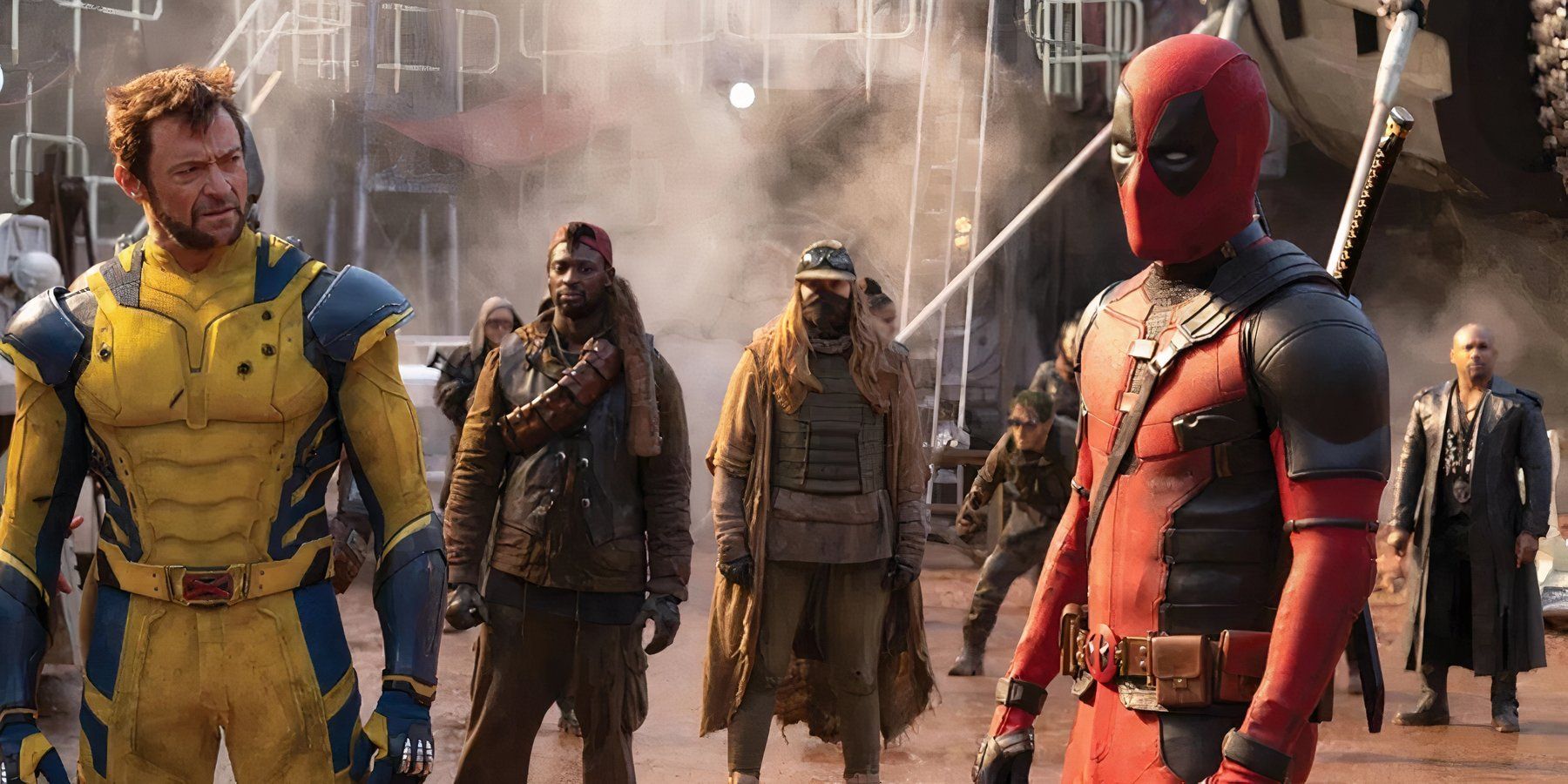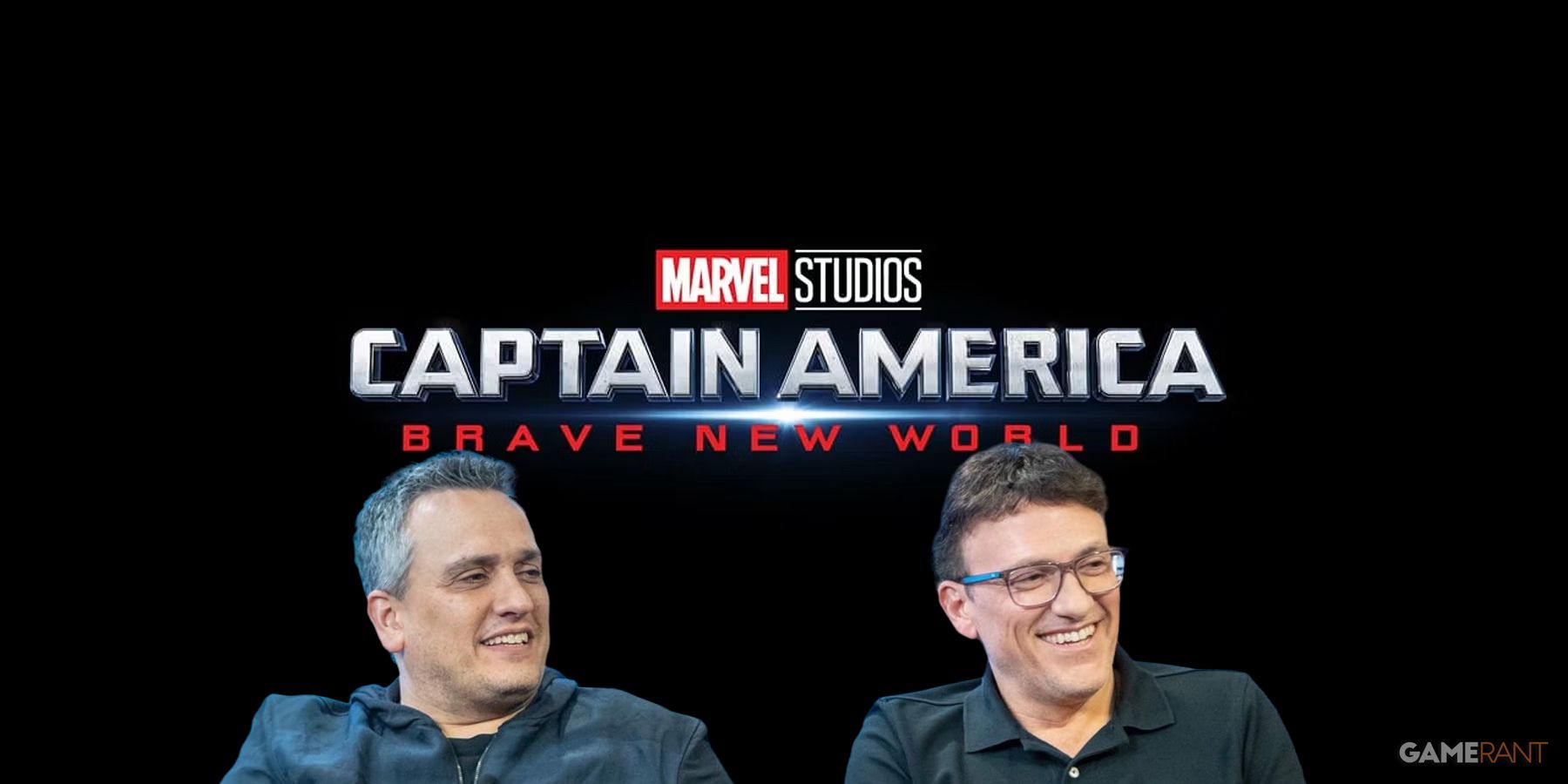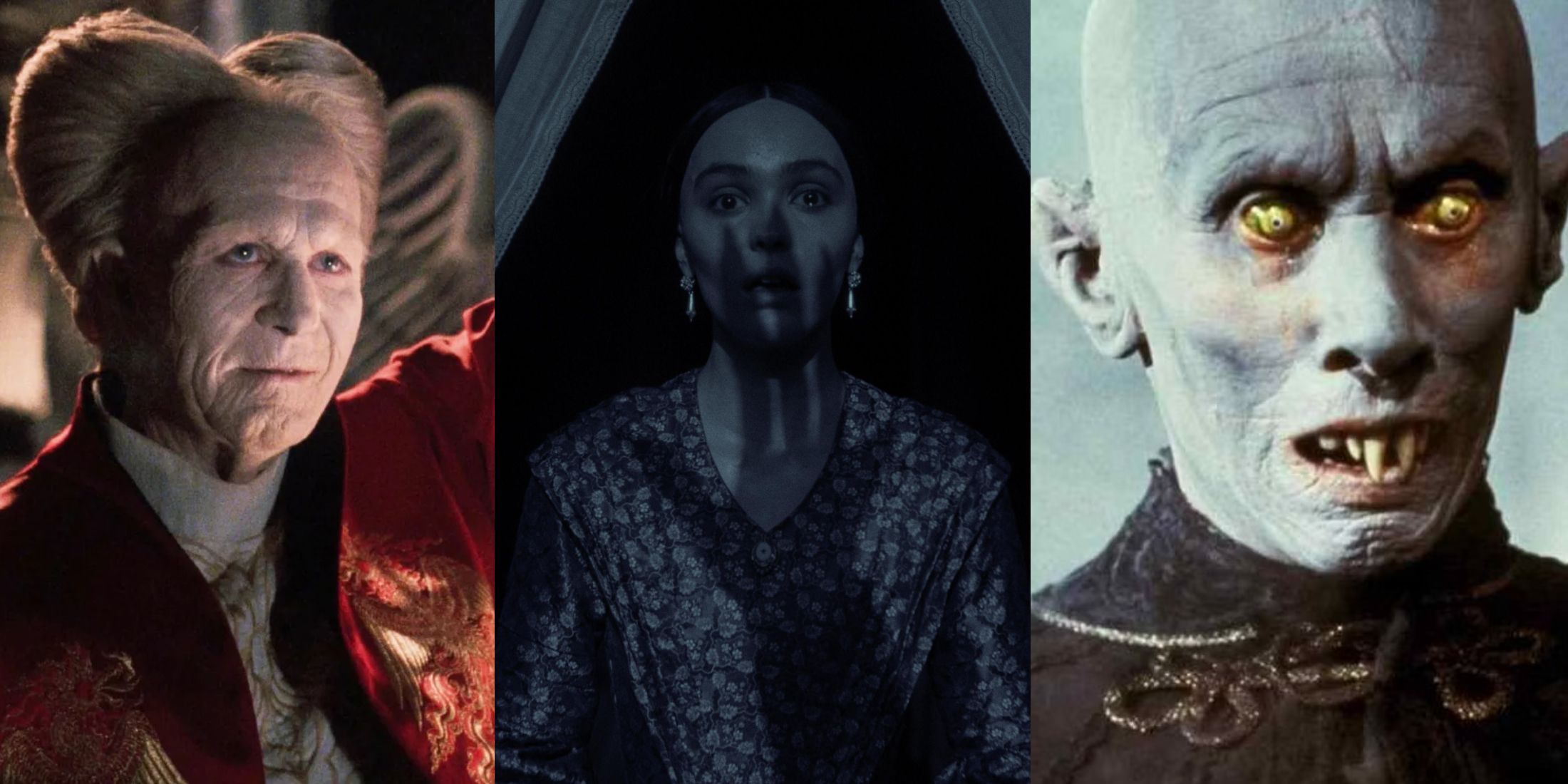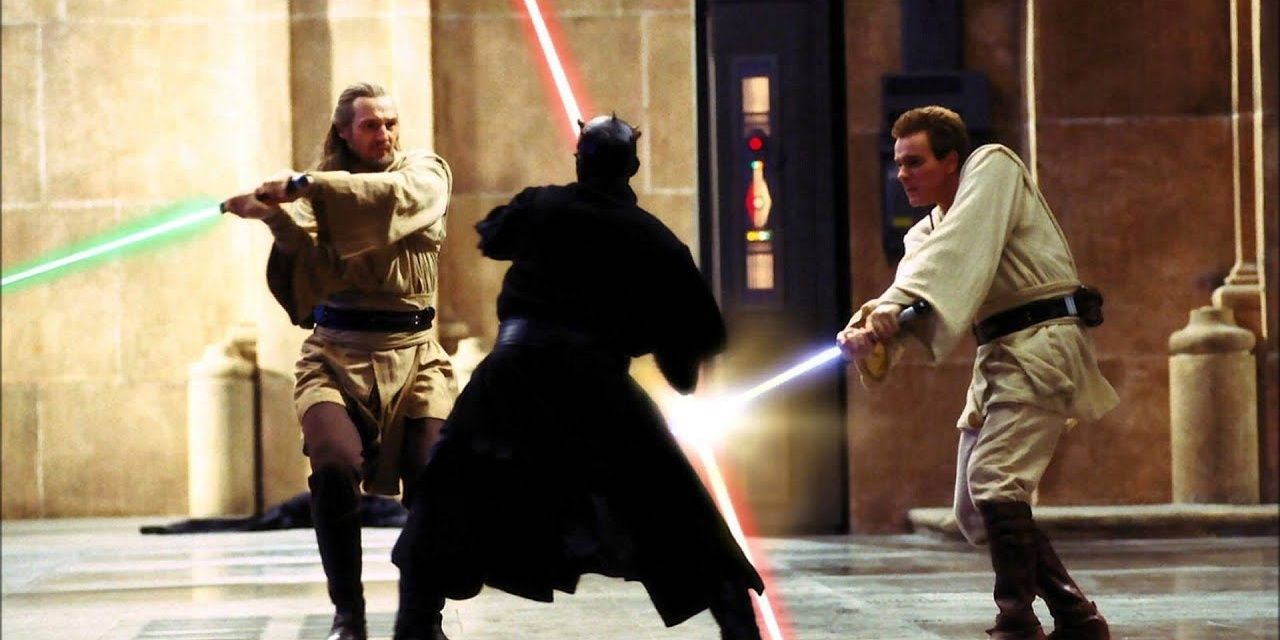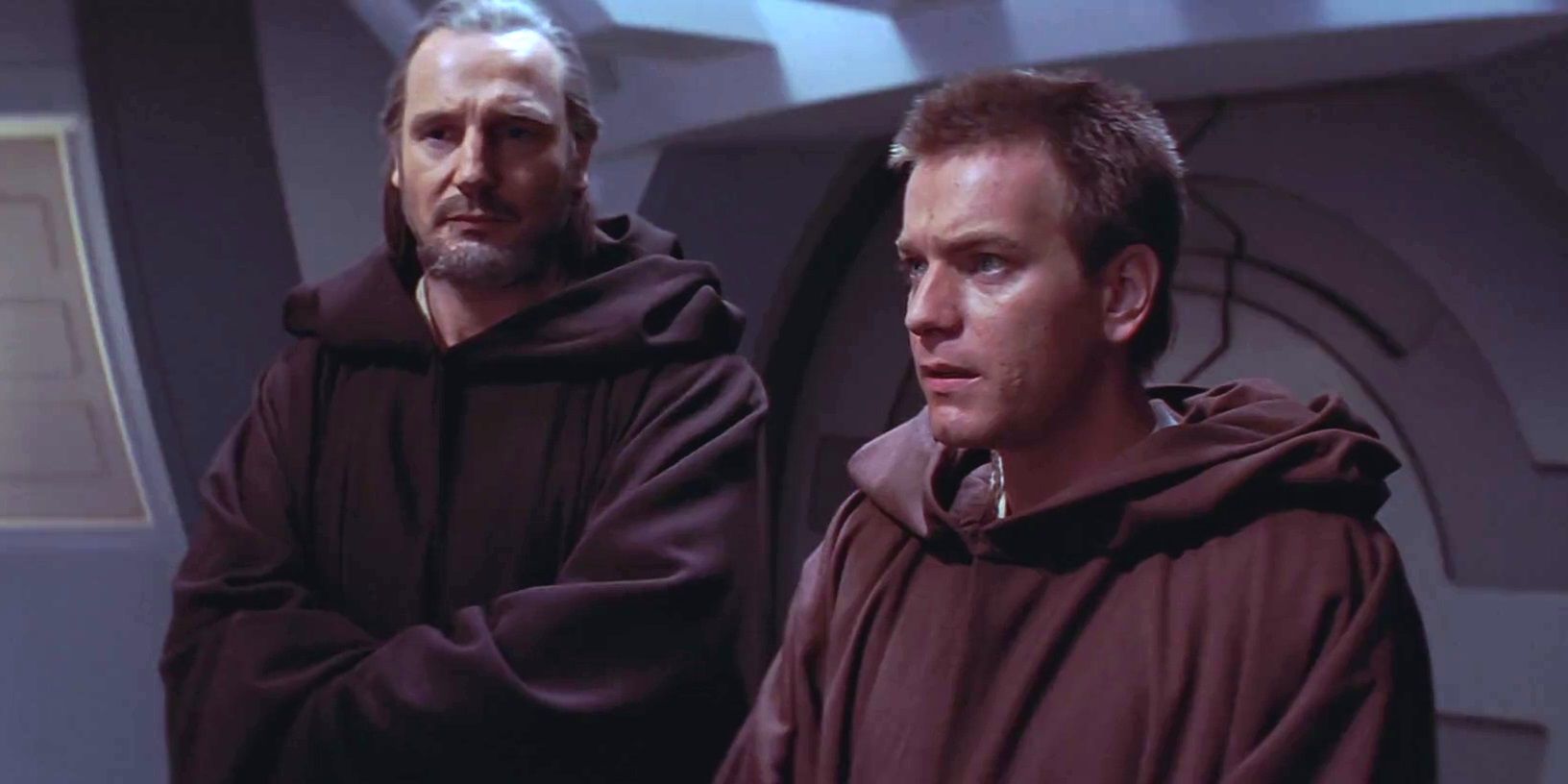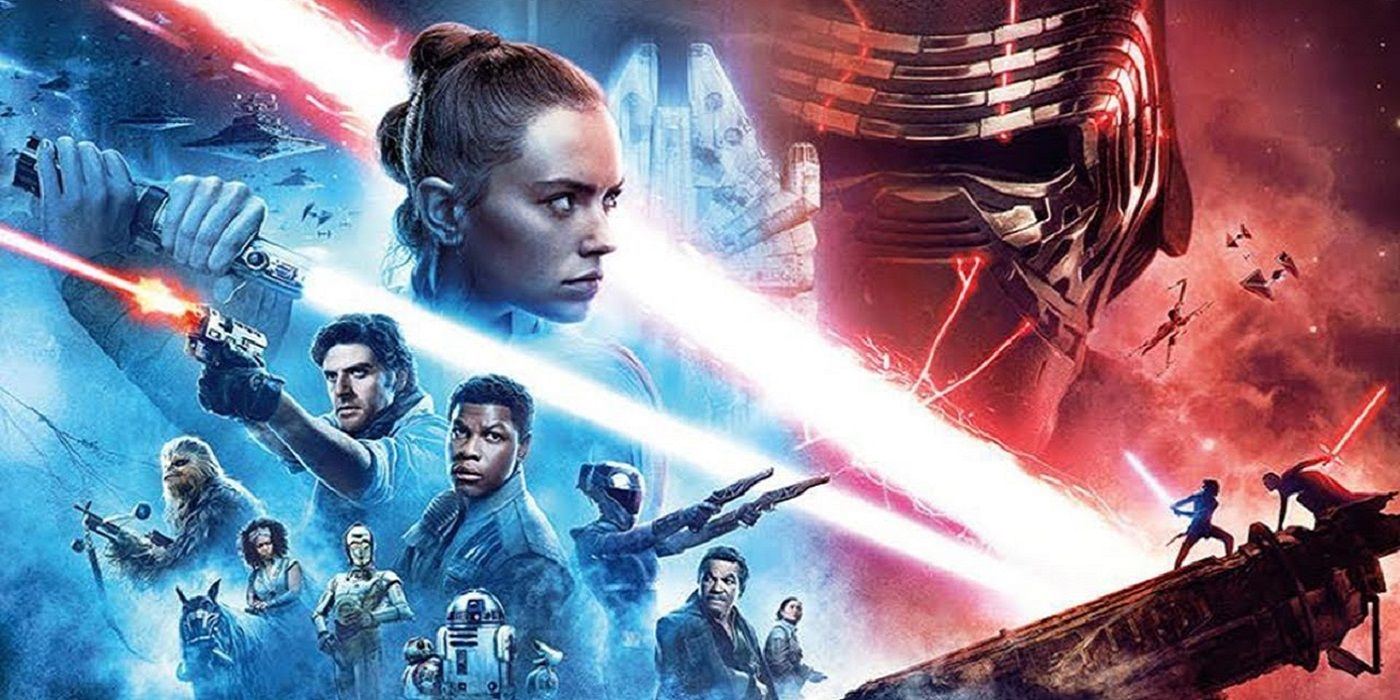The Star Wars prequels are a divisive series of films, even more so at release. Although some fans defend them, many of whom grew up with the prequels and hold great nostalgic feelings for them, this trilogy was not received that well upon release. This is especially true of The Phantom Menace, the first of the three films.
The hype and excitement for The Phantom Menace prior to its release has seldom been matched in the history of film, with only a select few movies like The Force Awakens and Avengers: Endgame coming anywhere close. Writer and director George Lucas was coming off not only the beloved Star Wars original trilogy, but the Indiana Jones films as well, meaning that expectations were also very high. After its release, many fans were disappointed with this film, saying it didn’t feel like the Star Wars they knew and other complaints along those lines. Ultimately, George Lucas went in an extremely bold direction with The Phantom Menace, making it by far the most ambitious Star Wars film to date.
Looking back at the original trilogy, there was only so much introduced in those films. There were just a handful of planets, all of which were practical as special effects weren’t at the level required to produce a planet like Mustafar, for example. Lightsaber battles improved greatly with each film, climaxing with the brilliant and incredibly emotional duel between Luke and his father, Darth Vader, in Return of the Jedi. However, the lightsaber battles and many Jedi and Sith fighting skills weren’t introduced here either.
Much of the lore of Star Wars also arrived later, with the expansion of the idea of the Force coming in The Phantom Menace. Even the villains weren’t expanded upon, as virtually nothing was known about Palpatine at the time of the release of Return of the Jedi. He was merely a villainous overarching leader of the Empire that was above Vader and, ultimately, died (or so we thought). The concept of the Sith, even the word used as a label for these evil dark side Force users, didn’t come until The Phantom Menace and, more broadly, the prequel trilogy.
As fans will know, a lot of lore crucial to the overarching story of the Skywalker Saga was introduced in The Phantom Menace. The Force was known, but the specifics are really expanded upon here with the introduction of the Midichlorians, the numerical measurement for how powerful a Force-sensitive individual is. This is one of many extremely ambitious features of this film, and one that fans still debate to this day. The Force was previously known only as a mystical idea, but Lucas opted to ground it and quantify it in a way that didn’t exactly go down well with some audience members. Those who weren’t happy with this development stated that it made the Force too literal, and that the strength of this concept in the original trilogy was the unknown aspect.
As mentioned, the Sith is another concept introduced in this film, and one that highlights the ambition of this project. Little was known about the Sith, not even the name, before this movie. Lucas introduced this, and it was received far better than most Force developments made in the film. The ancient battle between the Jedi and the Sith is an extension of this evolution of a key piece of the lore of Star Wars, and this helps tie The Phantom Menace with the original trilogy. Ultimately, it proves to be one of the few clear ties to the original trilogy lore-wise in the film, as despite some fan service and familiar names and locations, this first prequel film deviates drastically from any Star Wars project before, even more so than some of the more radical legends material.
Interestingly, no Star Wars project has added to the lore of the franchise nearly as much as The Phantom Menace, highlighting just how ambitious this film is. Even A New Hope, the film that started this beloved series, arguably didn’t introduce as much as The Phantom Menace, as so much was left unknown or to be expanded upon later in the first entry. The Rise of Skywalker, for example, the final film in the Skywalker Saga, added concepts like a Force dyad to the franchise, and was relatively ambitious with the size and scale of the project. However, compared to The Phantom Menace, Episode IX was largely filled with familiar ideas, as was The Last Jedi, another sequel trilogy film that pushed the franchise into unexpected directions and was in and of itself incredibly ambitious, yet not as much as George Lucas’ first prequel.
Visually, The Phantom Menace also deviates greatly from the original trilogy, proving to be another ambitious aspect of this film. The original trilogy was largely practical, as mentioned, with built sets from scratch and green and blue screens only being used briefly in Return of the Jedi. The Phantom Menace also had some practical sets and on location shoots, far more than the other films in the prequel trilogy like Revenge of the Sith, but also relied heavily on CGI and green screens to create the new planets and creatures introduced. In doing so, the look of the galaxy was altered greatly, and the possibilities for what a Star Wars character or world could look like was blown wide open. To do this in one movie, the same project that had sky-high expectations and excitement brought upon by the original trilogy of films that this is deviating from, is an incredibly ambitious move. While many fans at the time criticized this direction, audiences have largely came on board to this as time went on. Although Star Wars still takes a practical approach to things when possible, it’s clear the creators are not shying away from the look of the prequels or the unique, effects heavy designs that earlier Disney made films like The Force Awakens did.
Story-wise, there is so much packed in alongside the many lore developments as well. For example, the beginnings of Anakin’s story is told at the same time as audiences became reacquainted with Obi-Wan Kenobi, and met many new characters like Qui-Gon Jinn too. Just on the hero’s side of the proceedings, there’s a lot going on. While fans were desperate to see how Anakin became Vader, many were unhappy with just how young he was in this film, again highlighting a massive risk that Lucas took. Anakin is happy, young, bright and vibrant, ultimately completely different from what he was in the original trilogy. It’s a decision that meant that there was almost no connection personally wise from this Anakin to Vader, which is exactly what Lucas wanted, but didn’t please or satisfy the many fans who had expected to see the character tie in to his future evil self in some way in this film.
Along with all of that, the decision to introduce and advance Palpatine in this movie is another mark of extreme ambition and bravery from the creator of the franchise. In what is essentially an Anakin and Obi-Wan origin story, the beginnings of Emperor Palpatine are also told, meaning this could be the first movie or project more broadly to tell the origins of so many iconic characters in one film such as this. Palpatine doesn’t have as much screen time here as he does in future prequel films, as Revenge of the Sith is the movie where he is given more to do as his evil identity is revealed. Still, audiences learn far more about him here than in Return of the Jedi, as his home planet of Naboo and the tease of his political rise to power are all shown here.
Star Wars is a franchise full of brave creative decisions. However, The Phantom Menace is by far the most ambitious Star Wars film, as demonstrated by its introduction of new lore and the balancing of several key storylines all at once.

